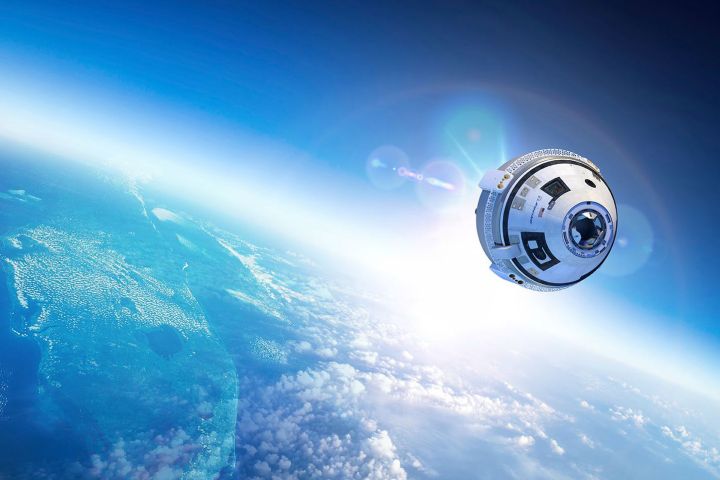
The Starliner is funded in part by NASA, which awarded contracts to both Boeing and SpaceX for a launch system and shuttle craft to transport astronauts from the United States to the International Space Station. NASA intends to use the shuttle to bring additional crew members to the space station, doubling the amount of research time available to astronauts. These additional 80 hours of weekly research time could prove valuable to NASA as continues to prepare for a deep space journey to Mars in the 2030’s.
Boeing is starting to assemble its first CST-100 module and will begin a series of tests that’ll end in a 2017 with a pad abort test. This series of experiments will test the pre-launch capabilities of the spacecraft. These launch tests and upcoming future launches will be conducted at Cape Canaveral, Florida using an Atlas V rocket to carry the spacecraft into orbit. As work on the spacecraft continues, Boeing also is building a crew access tower near the launch pad to provide a place for astronauts and ground support teams during pre-launch preparations.
As part of the NASA program, both the Boeing Starliner and the SpaceX Crew Dragon must first complete an orbital mission without a crew. This flight will be followed by a second test mission with astronauts in a manned flight that will demonstrate the craft’s capabilities. Once both missions have been completed successfully, the spacecraft will begin carrying a full crew of four astronauts to the space station on a regular basis. These flights will mark the return of astronauts and manned flight missions to Florida’s Space Coast.
Editors' Recommendations
- Watch SpaceX fire Starship’s Raptor engines ahead of 4th test flight
- SpaceX gets big hint from FAA on next Starship launch opportunity
- Boeing time-lapse shows Starliner spacecraft’s easiest journey yet
- Watch SpaceX’s Crew Dragon thrusters guide it to space station
- Watch SpaceX’s Crew-4 astronauts arrive at new home in space





